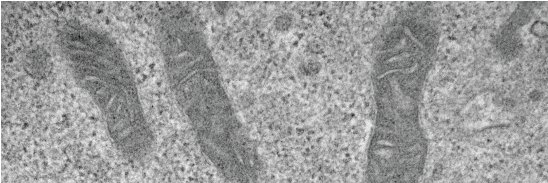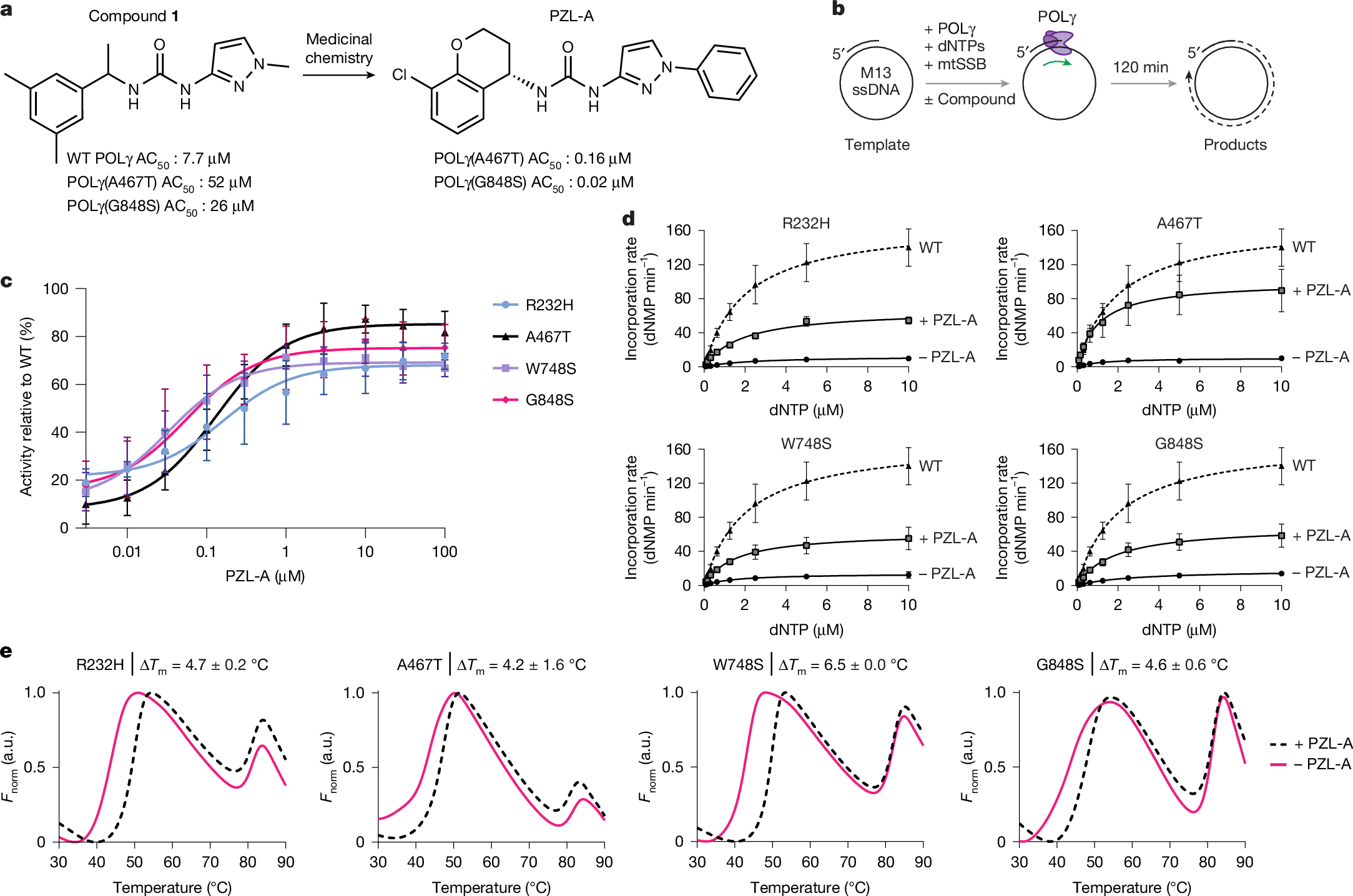
Melissa Walker
@MWalkerMDPhD
Neurologist and mitochondrial genomicist and molecular biologist. Opinions are my own.
To close out Rare Disease Day, Tasia Rechisky is giving a shoutout to the Dr. Inderneel Sahai. Tasia and all of us here at MitoAction are so thankful to have Dr. Sahai as a part of our mito and FAOD community. Thank you for all you do! #RareDiseaseDay buff.ly/2FCyHGs
🚨 New paper alert! 🚨 Check out our latest work on HypoxyStat, a small-molecule therapy that increases oxygen-hemoglobin affinity and provides a practical form of hypoxia therapy. A great collaboration with @MazeInBiotech 🔗 Paper: doi.org/10.1016/j.cell… @CellCellPress
"People considered me unsuccessful." Katalin Karikó met with biomedicine student Emanuelle Tavares to talk about life and science. Our medicine laureate explains that, despite being terminated from her position, she felt successful as she was always learning in her lab. Watch…
New preprint from the lab! 🚨 🧫 New galactose #CRISPR screening strategy 🎯 481 genes required for #OXPHOS ⚙️ #FAM136A in IMS proteostasis 👂Mito defects in #Menieres disease by Marcell Harhai @FBM_UNIL A short thread 1/5 biorxiv.org/content/10.110…
Single case > new insights. Increased perfusion BEFORE other MRI changes during a MELAS stroke-like episode + ictal-interictal continuum during symptomatic period. @AltenBaris @nsanar Cat Chu @MGHNeurology @MghPediNeuro doi.org/10.1002/ana.27…
New pre-print🚨 Great new story by @miriamlisci and the lab on metabolic flexibility in #cancermetabolism! 👉🏻A resource: #nutrient & #CRISPR screens +/- #glutamine 👉🏻A mechanism: FBXW7-MYC-PC influences pyruvate anaplerosis and glutamine addiction Please RT @FBM_UNIL @EMBO
Could you live without glutamine? I am delighted to share our preprint @jourdainlab: we employed parallel nutrient and genetic screeening to tackle the mechanisms promoting survival in glutamine-limiting conditions. Check it out 👇 more details below! biorxiv.org/content/10.110…
Congratulations @gary_ruvkun! nytimes.com/2024/10/07/hea… @MGHMolBio @MassGenBrigham

Proud to be part of this incredible all-woman group of pediatric neuro-immunologists: rdcu.be/dTIIZ ...and if you didn't catch this profile of @GraceGombolayMD in @ChildNeuroSoc Connections, check it out: she's doing amazing things in this field.
Introducing a resource of mtDNA copy number (mtCN) across ~10k human donor-tissues (GTEx), 20 murine tissues, and 173 cancer cell lines. Insights emerge by integrating mtCN w/other large-scale measures, e.g., DepMap cells w/high mtCN resist loss of GPX4. pnas.org/doi/10.1073/pn…
We were able to squeeze in one more #MitoMed LIVE on our very last day with Dr. Amy Goldstein from @ChildrensPhila. On her 24th MitoMed Cleveland Anniversary, Dr. Goldstein shares how important it is to be able to welcome and truly foster the next generation of #mito doctors.
Honored to be speaking to families affected by mitochondrial disease with the @UMDF this evening. x.com/UMDF/status/17…
Don't forget! Join us for an Ask the Mito Doc webcast on Wednesday, May 29 at 7:00pm eastern for a "Mitochondrial Disease Primer" with Dr. Melissa Walker. We'll also provide a brief overview of What to Expect for #MitoMed 2024 in Cleveland. Register: bit.ly/AMDMay2024
Delighted to share new work led by Josh Meisel w/Gary Ruvkun using forward genetics to discover a new mode of post-transcriptional gene regulation. The mechanism involves mRNA methylation and P-bodies to allow neuron-specific mitochondrial gene expression. tinyurl.com/amnjyr5u
mtDNA heteroplasmy dynamics are so complex, even paradoxical. To understand why, we combined precise mtDNA editing w/a new method SCI-LITE. In dividing cells, selection (not drift) acts on cell (not intracellular) fitness to shape population heteroplasmy. rdcu.be/dFDCY
📣 Calling all 🧠 child neurologists: Apply 4 @ChildNeuroSoc PERF grants by today Monday April 15 at midnight! For young investig early in academic career or applying for first NIH or CIHR research grant. Can’t win it if you’re not in it 💪🏽 Link: childneurologysociety.org/careers/active…
Continuing our study of the somatic segregation of pathogenic mitochondrial DNA variants. T cell activation selects against the m.3243A>G variant in a manner that persists with time/age. @VamsiMootha @broadinstitute @MGHNeurology @MGHMolBio pubmed.ncbi.nlm.nih.gov/38499449/
![MWalkerMDPhD's tweet card. T cells have been shown to maintain a lower percentage (heteroplasmy) of the pathogenic m.3243A>G variant (MT-TL1, associated with maternally inherited diabetes and deafness [MIDD] and mitochondrial...](https://pbs.twimg.com/card_img/1945110787254833152/nECSbtT4?format=jpg&name=orig)
Delighted to introduce PMF-seq: a new way to link genetic perturbations to detailed bioenergetic phenotypes. We use the method to dissect genetics of mitochondrial ETC branching and acute tBID action. Led by T.L.To @broadinstitute. nature.com/articles/s4225…
Excited to be participating in the @MGHfC Medical Genetics #RareDiseaseDay 2024 Program next week! cpdlearn.massgeneralbrigham.org/course/navigat…

Can you be diagnosed mitochondrial encephalomyopathy, lactic acidosis and stroke-like episodes (MELAS), a mitochondrial disease, without actually having a stroke? You bet you can; MELA and not MELAS? Dr. Melissa Walker @MWalkerMDPhD @Massgen gave a brilliant grand rounds today…

